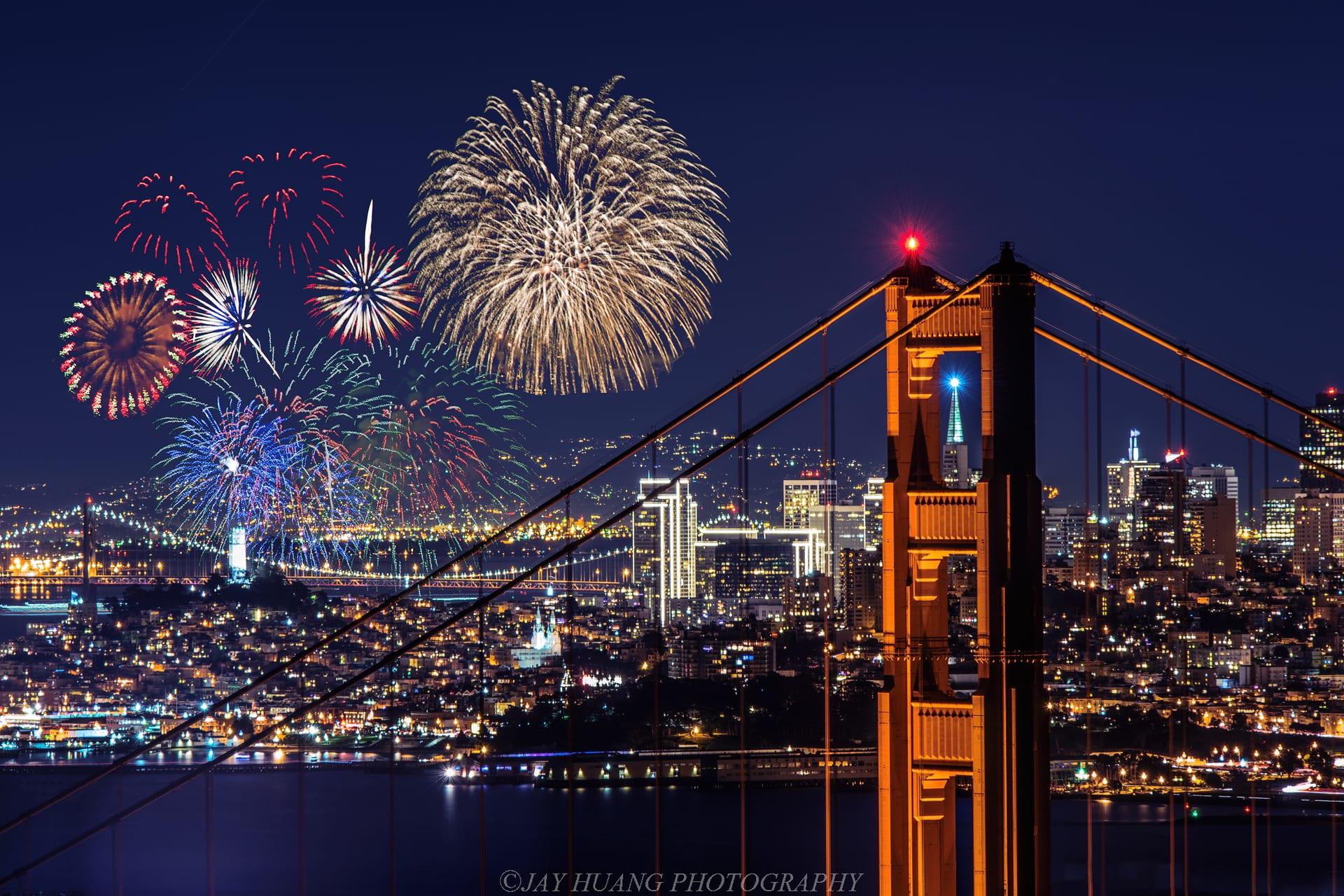On the First Sunday of Advent, I usually wish the people of my parish “a Happy New Year!” They are nonplussed to hear this at the end of November, until I remind them that we follow a liturgical year as well as a calendrical one, and the first Sunday of Advent is the start of another annual cycle.
The second New Year’s Day for Catholics is, of course, January 1.
But it wasn’t always so.
For most of human history the New Year did not start in the mid Winter, but in Spring. The first record of a civilization celebrating the beginning of a new year was in Mesopotamia around the year 2000 BC. It seemed logical to start the year in mid-March—the time of the Spring equinox.
The early Romans began their year in March. At first their calendar only had ten months. That’s how September, October, November and December got their names.(septem is Latin for “seven,” octo is “eight,” novem is “nine,” and decem is “ten.”)
It was in the year 153 BC that the Romans added two months before March and started celebrating the new year at the beginning of January. (Which was named for the two-faced god Janus.) The start of January was chosen for civic reasons while most of the people still celebrated new year at the start of March.
Once Christianity came along, the mid-March date continued to be a good fit. March 25 was considered to be the date of Jesus’s crucifixion.
Because an ancient Jewish tradition asserted that a great man would die on the same day of the year as he was conceived, March 25 was accepted as the date of the Annunciation. Theologians liked it because the incarnation of God’s Son was also the beginning of humanity’s redemption and the start of the new creation.
As Christianity took hold, January first was considered to be a pagan celebration, and in 567 AD the Council of Tours abolished the January date.
So March 25 is the third New Year’s Day for Catholics.
In 1582, the Gregorian calendar reform restored January 1 as New Year’s Day. Although most Catholic countries adopted the Gregorian calendar almost immediately, it was only gradually adopted among Protestant countries. The British, for example, did not adopt the reformed calendar until 1752. Until then, the British Empire —and their American colonies— still celebrated the new year in March.
The irony of the Protestant countries celebrating New Year’s Day on March 25 was that it was originally chosen for the New Year because of the Feast of the Annunciation—a Marian feast day which Protestants would not dream of celebrating.
In the church calendar, January first was celebrated as the Feast of the Circumcision of Christ because according to Luke 2:21 it was on the eighth day after his birth that he was circumcised. This feast is sometimes also called the Feast of the Naming of Jesus or the Holy Name of Jesus.
However, the earliest traditions of the Roman church are that the first of January was celebrated as a Feast of Mary, Mother of God. Around the seventh century the ancient tradition faded out and January first became the day that Jesus’s naming and circumcision was commemorated.
In Pope John XXIII’s 1960 revision of the church calendar, all mention of the circumcision of Jesus was removed and January first was called simply the Octave of the Nativity. Meanwhile in Portugal in 1914 the feast of the “Maternity of the Blessed Virgin Mary” had been established in October and in 1931 Pope Pius IX extended the celebration to the entire Catholic Church.
The 1969 revision of the liturgical calendar gathered up this tradition and moved it from October to January. Thus January first was established as “the Solemnity of Mary, the Holy Mother of God, and also the commemoration of the conferral of the Most Holy Name of Jesus.”
In his Apostolic Letter, Marialis Cultus, Pope Paul VI explained: “This celebration, placed on January 1…is meant to commemorate the part played by Mary in this mystery of salvation. It is meant also to exalt the singular dignity which this mystery brings to the holy Mother…through whom we were found worthy to receive the Author of life.”
So history has come around very neatly.
The First Sunday of Advent starts the new liturgical year, while on Lady Day in mid March we give the nod to the ancient tradition of the Annunciation being the start of a new year.
Meanwhile we can join the rest of the world, have a drink, look back with thanks, and look forward with hope, set off a few fireworks and celebrate again the birth of the Lord, and the dawn of our redemption by honoring Mary the Mother of God.

















